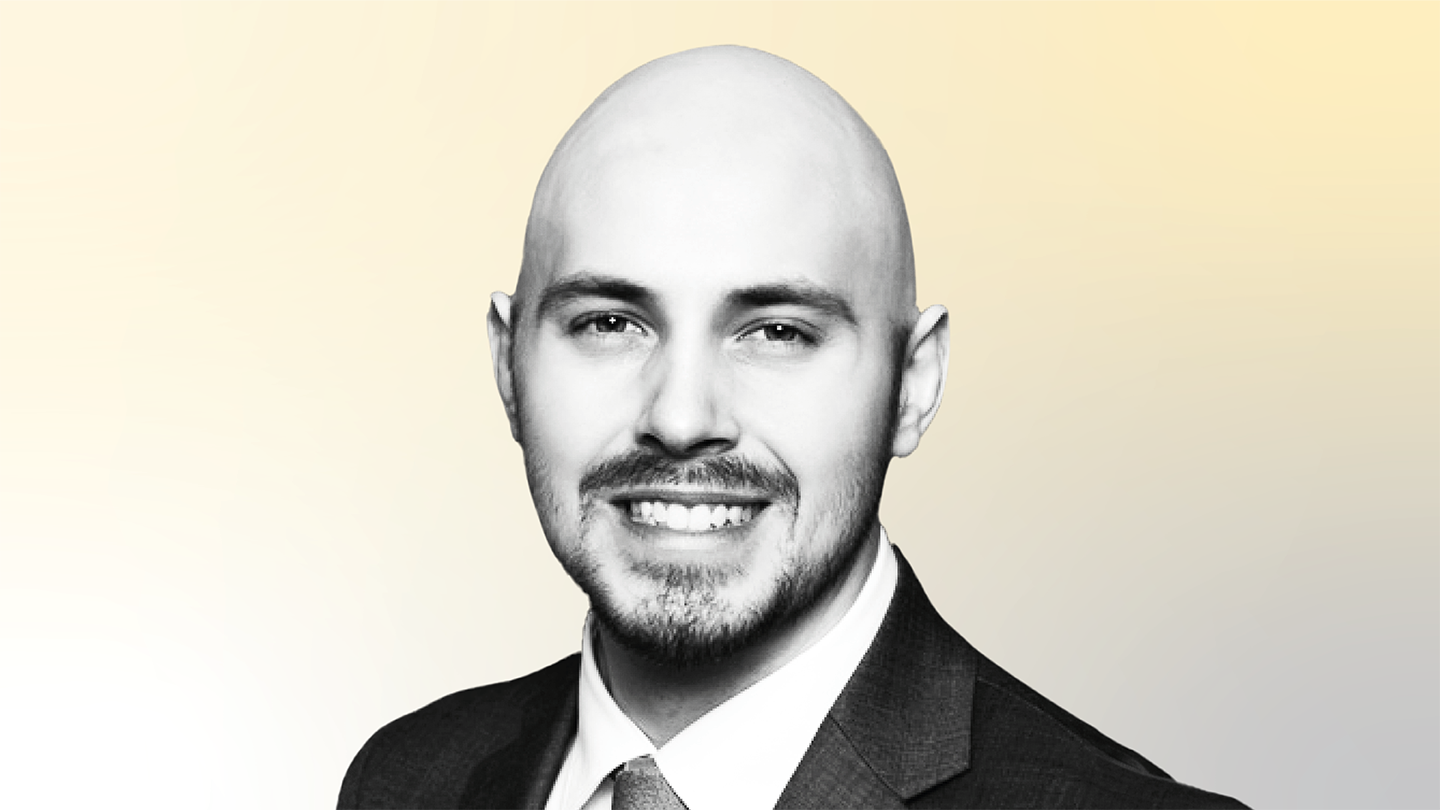
Forensic pathology occupies a critical niche at the intersection of medicine and law, investigating deaths with potential non-natural causes. However, the field faces a worsening workforce shortage. The impact of the COVID-19 pandemic, rising drug overdose deaths, and increasing violent crime have intensified this crisis, with the demand for forensic pathologists (FPs) far outpacing supply. The National Association of Medical Examiners (NAME) recommends a maximum of 250 autopsies per year to maintain quality and prevent burnout, yet a 2019 study found that over one-third of FPs exceed this limit.
Amid this shortage arises an important question: can social media be leveraged to attract, educate, and retain future FPs?
A few years ago, when I began exploring social media in pathology, I came across an article that aptly described its role in medical education as “a double-edged sword.” On one hand, social media enables rapid dissemination of knowledge, expands access to free educational resources – especially for trainees and medical students in underserved regions – and fosters intellectual discussions while building a global academic community.
However, its pitfalls cannot be ignored. Once content is posted, it is permanently accessible (even deleted content can be resurfaced from screenshots), subject to interpretation, and vulnerable to misuse. Hateful comments, misinformation, and privacy breaches, including potential violations of patient confidentiality, pose significant risks.
Despite these challenges, social media has become a powerful tool for mentorship and professional development. Its role is particularly relevant for younger generations, who are accustomed to digital platforms for learning and engagement. In pathology, we benefit from the ability to share de-identified gross and microscopic images without violating the Health Insurance Portability and Accountability Act (HIPAA) of 1996.
Furthermore, current laws do not require explicit patient consent for such educational sharing in the US. This has allowed virtual pathology communities to flourish online, enhancing MedEd, collaboration, and even career fulfillment through innovative initiatives like #pathart.
Used responsibly, I believe social media platforms present a unique opportunity to address critical challenges faced by FPs. While recruitment efforts have been ongoing, social media presents an underutilized avenue for outreach and engagement. If used strategically, it could bolster interest in forensic pathology, connect juniors with mentors, and improve public awareness of its critical role in the medicolegal (justice) system.




